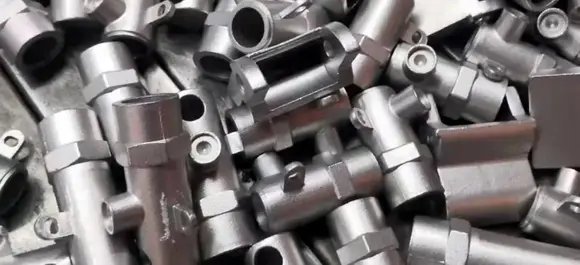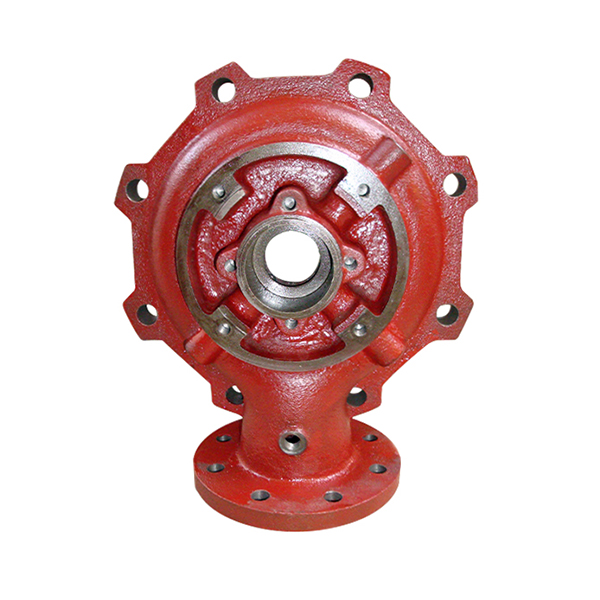Mobile:+86-311-808-126-83
Email:info@ydcastings.com
English
Precision Die Casting Technology for High-Quality Aluminum Parts
- Introduction to die casting fundamentals
- Material efficiency comparison across casting methods
- Technical specifications breakdown
- Manufacturer capability analysis
- Custom engineering solutions
- Industry implementation case studies
- Future-proofing production strategies

(die casting technology)
Understanding Die Casting Technology in Modern Manufacturing
Die casting technology has revolutionized metal component production since its 1849 patent, now achieving 98.5% dimensional accuracy in aluminum automotive parts. This high-pressure injection process fills steel molds with molten non-ferrous metals, creating complex geometries impossible through sand casting. Where traditional sand casting achieves 500-1,000 parts per mold lifespan, modern die casting molds withstand 150,000-200,000 cycles before requiring maintenance.
Material Efficiency Across Casting Methods
Comparative analysis reveals die casting's 23% higher material utilization versus sand casting:
| Metric | Die Casting | Sand Casting |
|---|---|---|
| Waste Generation | 4-7% | 27-33% |
| Surface Finish (Ra) | 32-64 μin | 250-500 μin |
| Cycle Time | 15-60 sec | 2-24 hours |
Technical Specifications Breakdown
Aluminum die casting alloys (A380, ADC12) demonstrate 315 MPa tensile strength with wall thicknesses down to 0.6mm. Advanced vacuum-assisted systems achieve porosity levels below 0.1%, enabling pressure-tight components for hydraulic systems requiring 35 MPa operating pressures.
Manufacturer Capability Analysis
| Vendor | Clamping Force | Tolerance | Aluminum Grades |
|---|---|---|---|
| Vendor A | 250-4,000T | ±0.05mm | 10+ |
| Vendor B | 500-3,500T | ±0.08mm | 7 |
| Vendor C | 100-6,000T | ±0.03mm | 15+ |
Custom Engineering Solutions
Hybrid systems combine HPDC with localized squeeze casting, achieving 18% weight reduction in structural components. Real-time monitoring systems track 35+ process parameters, automatically adjusting injection speeds (0.5-8 m/s) and pressures (15-140 MPa) within 0.03 second response times.
Industry Implementation Case Studies
Electric vehicle manufacturers achieve 40% faster cycle times using conformal cooling channels in die casting molds. Recent aerospace applications demonstrate 6061 aluminum die castings with 12% silicon content maintaining 280 MPa yield strength at 150°C operational temperatures.
Why Die Casting Technology Remains a Manufacturing Cornerstone
With 5.8% CAGR growth projected through 2030, die casting technology
continues evolving through IoT-enabled predictive maintenance (reducing downtime 37%) and AI-driven process optimization (cutting energy consumption 22%). The technology's adaptability ensures dominance in manufacturing sectors requiring high-volume precision components.

(die casting technology)
FAQS on die casting technology
Q: What is die casting technology?
A: Die casting is a manufacturing process where molten metal is injected under high pressure into a reusable steel mold. It produces high-precision, complex metal parts with excellent surface finish. This method is widely used in automotive and consumer electronics industries.
Q: How does sand casting differ from die casting?
A: Sand casting uses expendable sand molds for low-cost, low-volume production, while die casting employs reusable steel molds for high-volume, high-accuracy parts. Die casting offers faster production cycles and smoother surfaces. Sand casting is better suited for larger, simpler components.
Q: Why is aluminium commonly used in die casting?
A: Aluminium’s lightweight, high strength-to-weight ratio, and excellent thermal conductivity make it ideal for die casting. It also has a lower melting point, reducing energy consumption during production. These properties are valuable for automotive and aerospace applications.
Q: What are the key advantages of die casting technology?
A: Die casting ensures dimensional consistency, high production speed, and minimal post-processing. It allows for intricate designs and thin-walled components. Additionally, reusable molds reduce long-term costs for large-scale manufacturing.
Q: What industries rely heavily on die casting aluminium parts?
A: Automotive, aerospace, and consumer electronics industries extensively use die-cast aluminium components. These parts are critical for engine blocks, structural frames, and heat-sensitive devices. The technology supports lightweighting and energy efficiency goals in these sectors.
-
Materials Used in Manufacturing Cap End Pipe FittingsNewsNov.24,2025
-
Material Properties of CF8M CastingNewsNov.24,2025
-
How to Inspect Pump Cap Ends for DamageNewsNov.21,2025
-
Backward Curved Impeller – Efficient Airflow Solutions for Industry | YD CastingsNewsNov.21,2025
-
Automobile Water Pump - Efficient, Quiet, Durable & ElectricNewsNov.21,2025
-
Impeller for Pumps – High-Efficiency, Durable, OEM-ReadyNewsNov.21,2025











